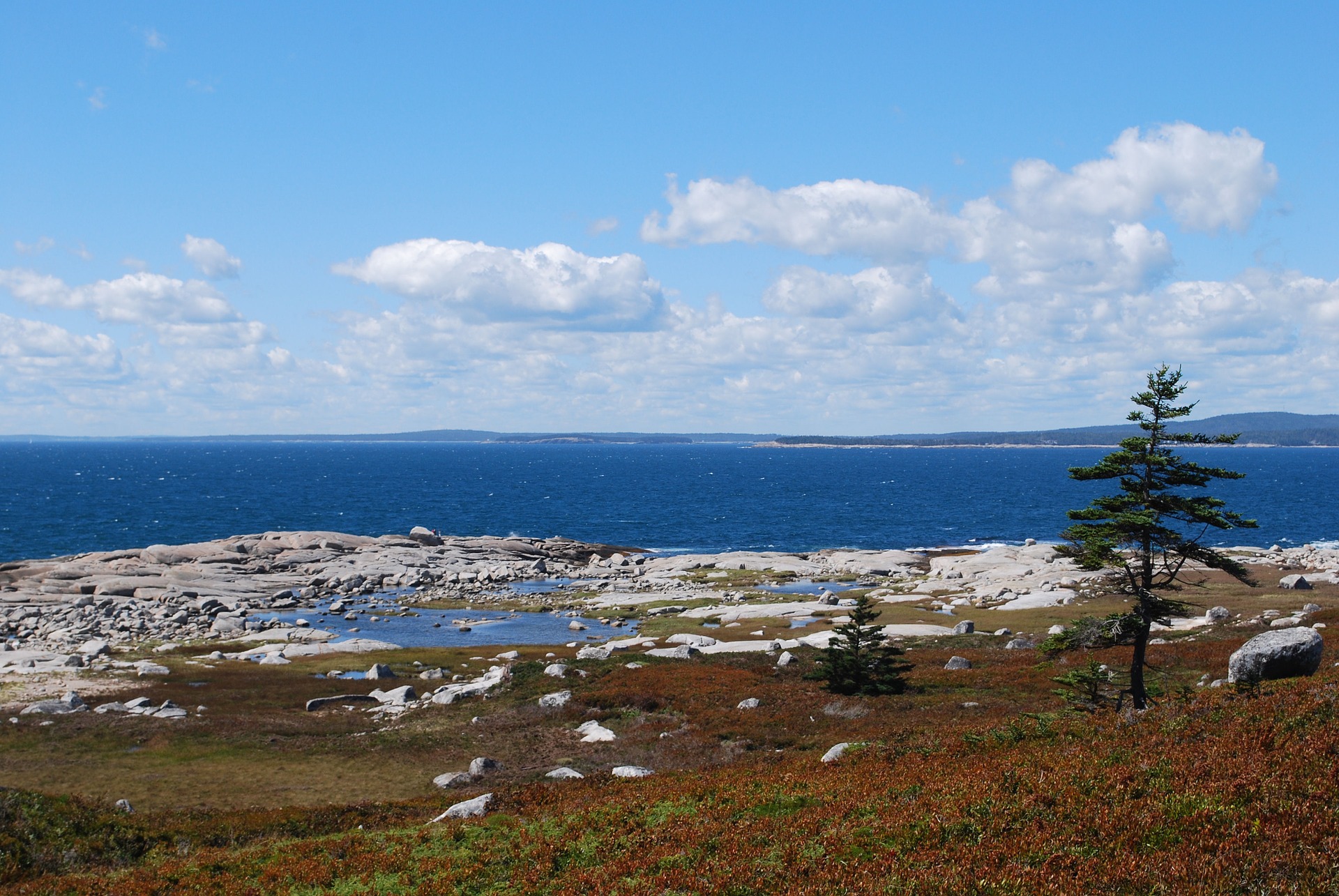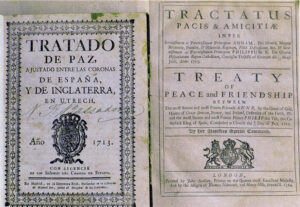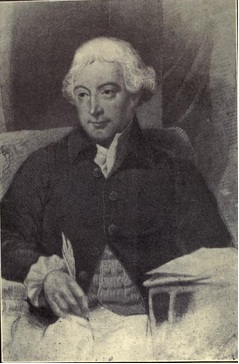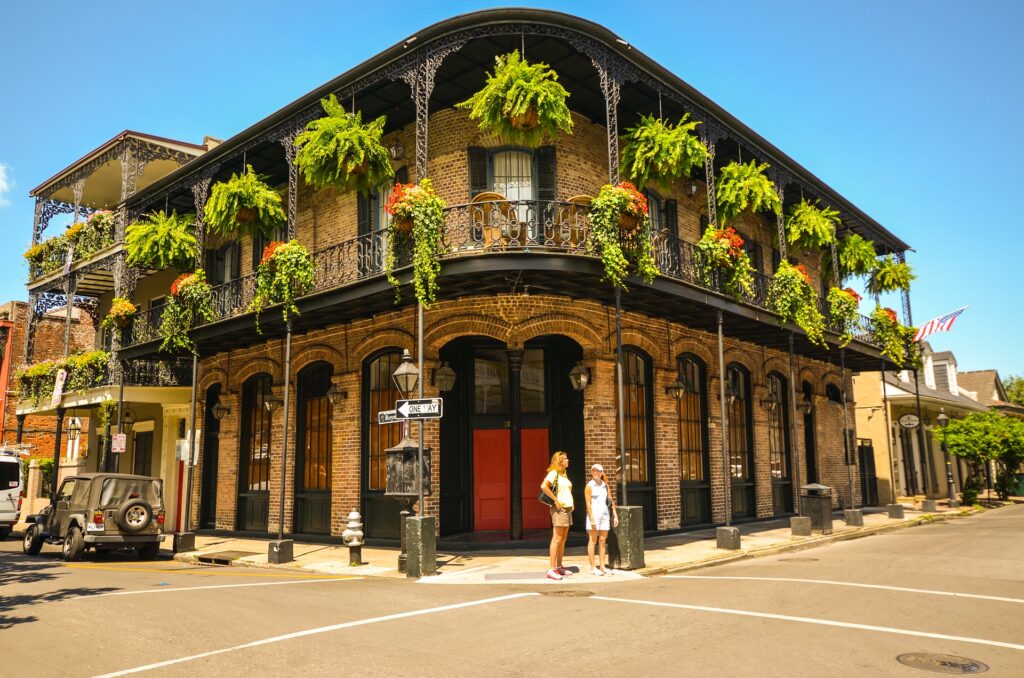In 1605, Samuel de Champlain moved to Port Royal and in doing so started what would be the first French settlement of the New World and a legacy that would carry on until today. Port Royal continued to grow as Champlain moved on and established other settlements. Port Royal became an important hub of what became known as “Acadie”, or Acadia. The name “Acadie” was derived from the Native word “aquoddie”, meaning pollock – this type of fish being extremely abundant off the coastlines of the area.
With relatively temperate climates and an abundance of natural resources, Acadia was an excellent place to start a life. Between 1632 and 1653, many of the core settlers arrived- many marrying into the local Native populations and creating families and communities along with them. Ownership of the colonies in the east were in constant flux, passing back and forth between French and Britain in a series of skirmishes throughout the region. Territory was being claimed, and both sides wanted to have the advantage. Who was in charge was only marginally important to the settlers during this time, as their main focus was on establishing agriculture and trade, and truly building their communities. As of the very first Acadian census in 1671, there were almost 400 people and close to 1000 animals.
Skirmishes and battles continued between the French and British troops scattered throughout the New World. The French had something of an advantage with the co-operation of the Natives, however, the British made some strategic victories, and in 1713 the Treaty of Utrecht ended the war. Queen Anne received the concessions she was fighting for with regards to her legitimacy for the Throne, and Britain was conceded much land in the colonies, including Port Royal. Cape Breton and the area that is now Prince Edward Island (Ile St. John) stayed French. Suddenly, most Acadians were subjects of the British Crown. It wasn’t an issue for them at the time, but later, it would be the cause of untold suffering.
As soon as the Treaty was signed, both the French and English started building up further defenses. Just because a treaty had been reached did not mean they were unwilling to consolidate their power bases and prepare for more conflict. In 1719, the French began building the Fortress Louisbourg to protect French interests along the coast, and the British responded by building and fortifying their bases along fishing and trade routes as well. As the fortress was being built, the British began to worry about the Acadians in their midst, people who were ultimately French, but were citizens of the British Empire. They began to put pressure on the Acadian people to swear allegiance to the Crown, as they did not believe that the Acadians could stay neutral if there were further conflicts, and the show of French growth at Louisbourg made them nervous. In 1730, a majority of Acadians conceded and signed an Oath of Allegiance to the British crown – with the insistence that they not be asked to take up arms against the French or the Natives. These were their family and relatives, and they did not want to have to face them in battle. It’s difficult to blame them, and for the time being, the British were willing to accept this concession in order to get their Oath. The peace lasted for a brief while, but in the colonies, things never stayed peaceful for long.
In 1745, the British managed to win a hard-fought victory and take the Fortress Louisbourg from the French. The building conflict was far from over, with issues in Ohio country sparking off what was later called the French and Indian War, the Beaver Wars, or the Iroquois Wars. At this point in time, there were over 10,000 Acadians in what is now Nova Scotia, and the escalation to war put ever-increasing pressure on the Acadians to pick a side. Previously, the British Governors had been relatively accepting and trusting of the Acadians. Unfortunately, the newest Governor, Charles Lawrence was not so tolerant and accepting. He was prepared to take drastic action to ensure the safety of his colony, and in his mind, anyone who had not sworn complete allegiance to the Crown was a potential enemy. After the fall of Louisbourg, he decided to decisively root out any issues and ensure Acadian compliance and loyalty. If any Acadians refused to swear the Oath of allegiance, including a willingness to take up arms against their family and friends, they were imprisoned.
Hungry British immigrants wanted the lands that belonged to the Acadians, and unfortunately their support of Lawrence helped him to decide how next to proceed. Backed by strong support from his British counsel and citizens, he put his dastardly plan into action. On Friday September 5, 1755, he had his Colonel order all males ten years of age and older to gather in the Grand-Pre Church to receive an important message from the Governor. Once gathered, they were informed that their lands, livestock, savings and money were to be forfeited to the Crown, and that the Acadian men were to be deported from the Province. One can only imagine the devastation as the realization hit that they were to be separated from their families. Any who complained or resisted had their wives and children threatened at gunpoint, and finally all present conceded to the Governor’s mandate. They were placed on boats and began what would become an absolutely inhumane regime of deportations of Acadians from their homes.
In 1755, more than 6000 Acadians were forcibly removed from their lands and families. Their homes and barns were burned down, their animals taken, and they were loaded onto boats for destinations that were tentative at best. Many of these people never made it to their destinations, with some boats, ravaged by disease and starvation, lost as many as 50% of their unwilling passengers. Some boats were directed to the southern colonies. Diseased refugees do not make desirable neighbours, and most of the English colonies did not even know they were coming. Many were refused and put back onto boats to be taken to even further destinations. Some were literally dropped along the coastline of the Eastern seaboard. Some were taken further south to places like Louisiana and into the Caribbean. Others were taken all the way back to France, a country that many of them had never been to and had no idea what to expect – it certainly wasn’t home.
There were some Acadians who did resist the British, and a good number fled to create an underground resistance. Some fled to Quebec, where the French were still in control and family and friends had already gone, suspecting issues to come and wanting to avoid them. Some fled to the forest, using guerilla tactics to harass and interrupt British forces. Others fled to hide with the Mi’kmaq, who had been their partners, friends, and family for a hundred years.
One notable leader of the resistance was Joseph Beausoleil Brossard. He organized many raids and escaped to the forests where he was hunted like an animal for 5 years. During one of his raids he captured an English officer, when the officer was later interviewed about his experience, he described Broussard as one of “the most brave and enterprising of the Acadians”. Several times Broussard was forced to surrender or was captured, and spent several stints in jail. However, he ended up being released, and collected a group of his fellow Acadians together to leave, arranging passage to Louisiana. At the time, Louisiana was a Spanish colony, but had already built up a large French presence. Many Acadians who had been displaced ended up there, as they were happy to find people who shared a common language and culture. They didn’t really fit in France, but Louisiana allowed them to develop their own culture. Eventually, the Acadian culture in the south developed into what we now know as “cajun”, and their uniqueness of language, culture, and cuisine persists to the modern day. The Cajun people cling strongly to their Acadian roots, and many prominent Acadian figures (such as Joseph Broussard) are considered legends in their community.
By the end of Lawrence’s reign of terror, tens of thousands of Acadian people had been removed from their homes and lands and displaced, many of them drowning or dying of disease (some
information indicates that half of all who were displaced died in such ways). Decades after the horrors began, they ended, and the Acadian people could return slowly to their homes…. But of course, their old homes had been destroyed or were given to British settlers. They were forced to claim new lands and create new communities in other areas of Nova Scotia, Newfoundland, and New Brunswick. The “Great Derangement” was declared inhumane by the international community, including the British. Unfortunately for the Acadians this meant very little, but their spirit, their culture, and their resilience allowed them to forge a new path. It wasn’t until 2003 that the British Government acknowledged the disgusting treatment of the Acadian people and issued an apology.
The intermarriage of the original French settlers and the local Mi’kmaq tribes, their level of cooperation and community most assuredly means that the Acadian people are and always have been a Metis people. Their stories are part of a larger Metis legacy that has brought the Metis people to many corners of the world, and most certainly across the North American Continent.
Bibliography:
https://www.thecanadianencyclopedia.ca/en/article/the-deportation-of-the-acadians-feature
https://journals.lib.unb.ca/index.php/Acadiensis/article/view/5726/11196
https://www.thecanadianencyclopedia.ca/en/article/treaty-of-utrecht
https://www.cbc.ca/acadian/timeline.html
http://www.canadahistoryproject.ca/1755/1755-06-expulsion-acadians.html
The Acadian Expulsion in Atlantic Canada
http://www.uppercanadahistory.ca/finna/finna6a.html
https://www.bartleby.com/42/791.html
http://www.acadian-cajun.com/index.htm
http://www.biographi.ca/en/bio/brossard_joseph_3E.html
https://en.wikipedia.org/wiki/Samuel_de_Champlain




